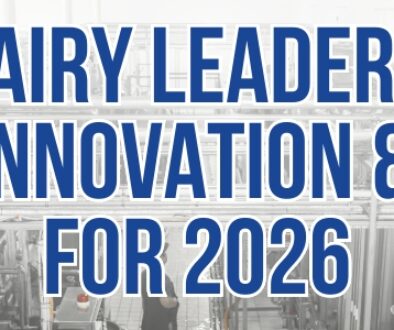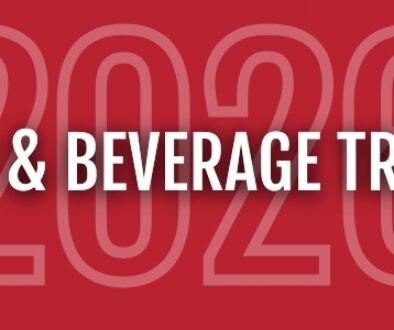How Smiling Faces On Packages Influence Consumer Purchases
Faces on product packaging leverage our brain’s innate preference for human features, boosting brand recognition and trust. But they sometimes create unexpected moral dilemmas at consumption time.
Some smiles are not what they seem.
A certain soul song from the 70s warned us about that. And while it spoke of people, the idea lingers when we look at packaging too. A cheerful face on a box might look harmless or even inviting, but it can influence us in deeper ways than we think.
Why do so many packages smile at us?
From breakfast cereal to bottled juice, brands have long used human faces or characters on packaging to catch our eye. The reason is simple: faces are among the most easily recognized and processed visuals for the human brain. That ease, which psychologists call processing fluency, often translates into liking.
From the moment we’re born, our brains are wired to find and focus on faces. Even newborns, just minutes old, prefer face-like patterns over any other shape. This early tuning isn’t about aesthetics. It’s about efficiency. Faces are one of the first and fastest things the brain learns to process. They signal safety, familiarity, and in a consumer setting, trust.
A study published in the European Journal of Social Psychology explored this effect using 45 wine labels. Some included face-like visuals, while others did not. The labels with faces were rated more favorably, particularly by people who reported feeling lonely or who were more likely to assign human traits to objects.
But not all environments behave the same way. Findings from the Ehrenberg-Bass Institute revealed that in online shopping, the presence of faces on packaging didn’t have the same effect. What draws attention on a physical shelf might fade or even distract on a cluttered digital screen.
And there’s another twist. When human traits are applied not just to packaging but to the product itself, the outcome can flip. In a 2021 experiment published in Appetite, preschoolers were shown three kinds of cookies: one plain, one with a drawn face, and one with a face plus a backstory describing its thoughts and feelings. Only the version with both a face and a “mind” was consistently avoided. Children formed a kind of social connection with it, making the act of eating feel uncomfortable.
This phenomenon isn’t limited to children. Research from the Journal of Consumer Psychology in 2023 found that adults also hesitate when faced with anthropomorphized food. Products like apples or M&Ms, when given human features, were less likely to be consumed. This wasn’t because they seemed strange, but because they evoked the sense that they could feel pain. That subtle shift sparked a moral hesitation, especially among more warm-hearted participants. Interestingly, these same products were still appealing when it came to purchasing. This reinforces the idea that while human traits may boost sales, they can also reduce actual consumption.
So, what does all this suggest?
Faces on packaging can help a product get noticed. They create instant familiarity, guide attention, and improve recognition. But there is a line. When the face stops being a visual cue and starts feeling like a character, when we connect with it or, worse, when the product takes on the shape of that character, consumption can be affected. The product becomes more than a product, and in some cases, that can make people hesitate.
In physical retail, a face can be a shortcut to trust. Online, it might not help at all. And once that same face is stamped onto the thing we’re about to eat, it can trigger a pause that no marketer intended.
Because sometimes, the thing that draws us closer is the same thing that keeps us from taking a bite.
Keep Up To Date On Cheese Industry News
Find all of HART Design & Manufacturing’s current industry news here.
Source: Packaging Digest




